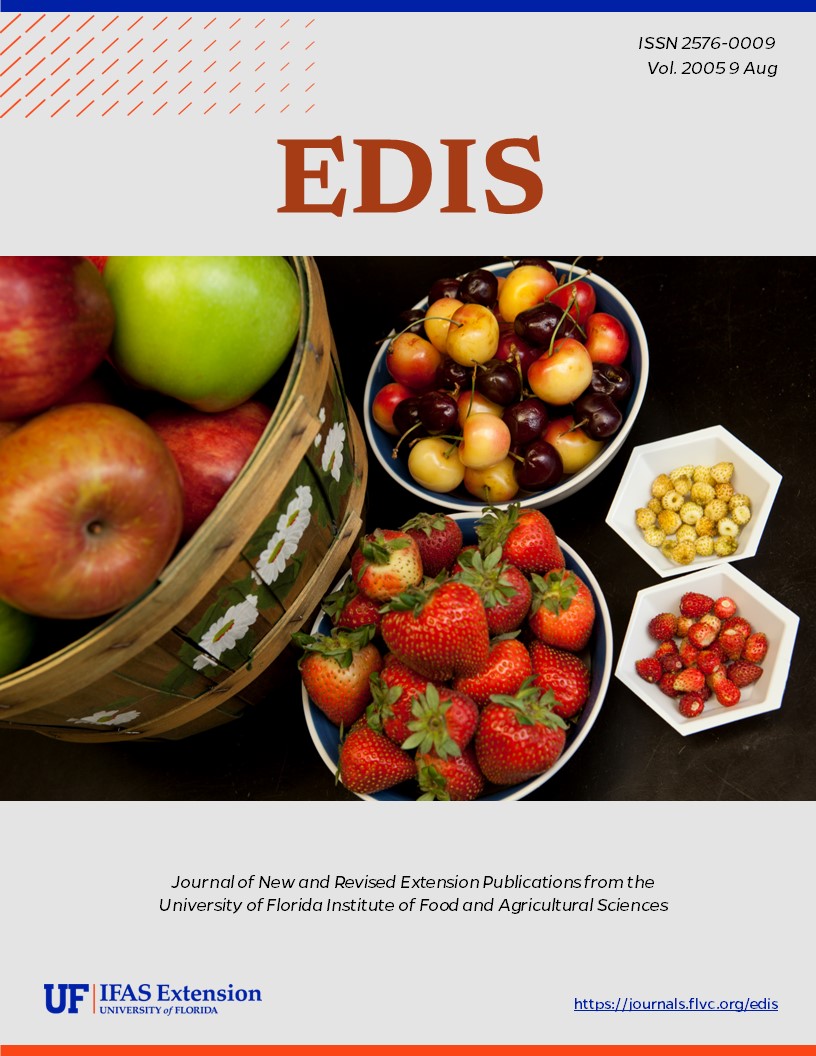Abstract
Juice HACCP commonly refers to the use of HACCP systems to minimize food safety risks in the juice processing, packaging, and transportation industries. The acronym HACCP stands for Hazard Analysis Critical Control Point (pronounced 'hás•sip'). Significant hazards for a particular juice, puree, or concentrate are identified, based upon scientific information. The steps at which these hazards can be controlled within the process are identified, and the critical limits at each of the key process steps are set. Monitoring procedures are implemented to evaluate conformance with these critical limits. Should the process fall outside these limits, pre-planned corrective actions are taken to prevent the potentially defective product from entering the commerce stream. In addition, the HACCP system relies on extensive verification and documentation to assure that food safety has not been compromised. Thus, HACCP provides a structure for assessing risks or what could go wrong, and for putting the controls in place to minimize such risks. This document is FSHN0515, one of a series of the Food Science and Human Nutrition Department, UF/IFAS Extension. Published August 2005.
FSHN0515/FS124: The Juice HACCP Program: An Overview (ufl.edu)

